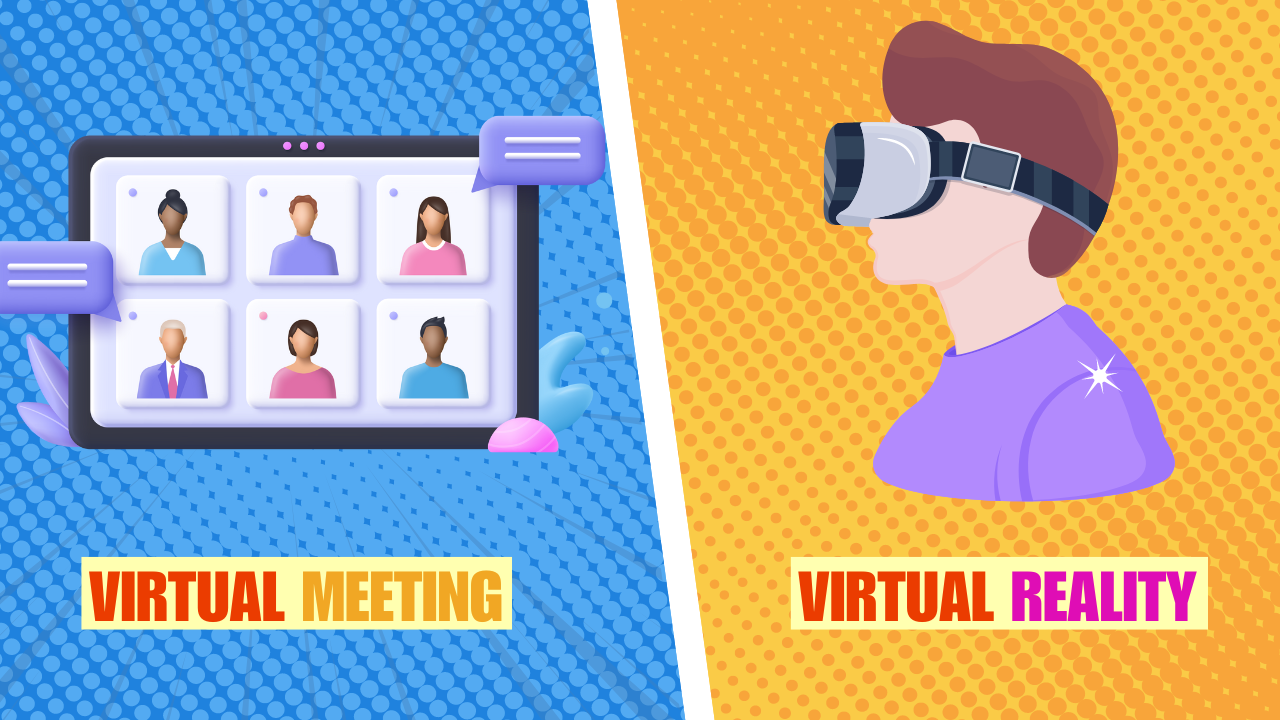
In today’s world, technology has changed the way we communicate and interact with others.
Virtual meetings and virtual reality are two concepts that have gathered significant attention.
While both are involved in the digital experience, they serve distinct purposes and provide unique user experiences. But, understanding the difference between virtual meetings and virtual reality is critical to navigating the evolving landscape of remote communications and immersive experiences.
So, let’s get started to know more about them.
What is a Virtual Meeting?
A virtual meeting is a meeting of people using digital technology to communicate and collaborate remotely without needing a physical presence in the same location.

People can connect from everywhere in the world by using an internet connection. They enable you to share moments with live streaming of video, audio, text, whiteboards, etc.
What is Virtual Reality?
Virtual Reality (VR) refers to a computer-generated simulation or immersive experience that replicates an environment, real or imagined and stimulates the user’s physical presence and interaction within that environment.

Operated using specialized hardware such as VR headsets or goggles with input devices such as motion controllers, users can engage and navigate the virtual world in a highly interactive and immersive way.
What are the Advantages of Virtual Meetings?
During the current pandemic and inflation, various companies are increasingly adopting virtual meetings to reduce their costs. Additionally, participants save time that would otherwise have been spent traveling or waiting for meetings to start.
And it makes life easier by using collaboration tools like screen sharing, document sharing, and real-time chat, which encourage effective collaboration and information exchange between participants.
What are the Disadvantages of Virtual Meetings?
Virtual meetings may lack the richness of non-verbal cues present in face-to-face interactions. This can lead to potential misunderstandings or misinterpretations of participants’ emotions, body language, or facial expressions.
And also it has more limitations and disadvantages like technical challenges, distractions, and engagement issues, limited collaboration & creativity, reduced personal connection, etc.
What are the Advantages of Virtual Reality?
Virtual reality offers unparalleled immersion, enabling users to feel as if they are physically present within a simulated environment. This heightened level of immersion increases engagement and captivates users, making VR experiences more memorable and impactful for realistic training and simulation, better learning and education, virtual prototyping, design works, remote collaboration, communication, entertainment, gaming, and more.
What are the Disadvantages of Virtual Reality?
Experiencing virtual reality often requires expensive VR equipment, accessories, and powerful computers. This can make VR inaccessible to individuals or organizations with limited financial resources.
The biggest disadvantages of virtual reality are discomfort and fatigue. As students use VR headsets, they close their view of the real world and are placed in a simulated environment.
This can cause side effects to the student’s brain if they become disoriented throughout their VR activity and can cause VR sickness. And then exposure to a virtual environment causes symptoms similar to those of motion sickness.
What is the Difference Between Virtual Meeting and Virtual Reality?
Although virtual meetings and virtual reality both involve digital experiences, they are two distinct concepts, differing in their purpose, technology, and user experience.
A virtual meeting is an online meeting of people used to meet for business meetings, conferences, presentations, or team collaborations among individuals or groups.
On the other hand, virtual reality (VR) is a technology that creates immersive and simulated environments for entertainment, training, education, or other experiential purposes.
Conclusion
Virtual meetings rely on video conferencing equipment and regular devices like laptops, tablets, mobile phones, etc., whereas virtual reality requires specialized hardware for an immersive experience.
Implementing Virtual meeting features with VR technology and gadgets can significantly leverage their potential for sales meetings, contact centers, and enterprise business solutions.
We hope today’s comparison guide was helpful to you.
If yes, share this article on your favorite social media channels or your blog, and if you have any questions, suggestions, or need any kind of discussion, feel free to contact us and comment below! We’ll be happy to hear your thoughts.

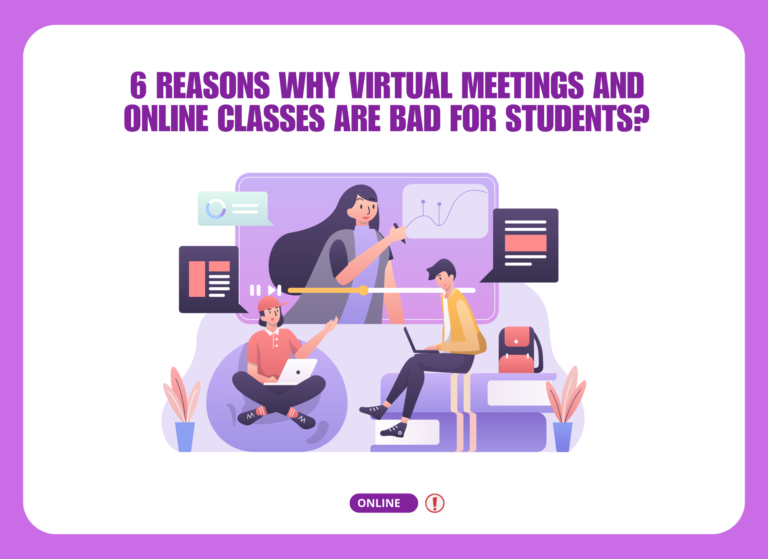
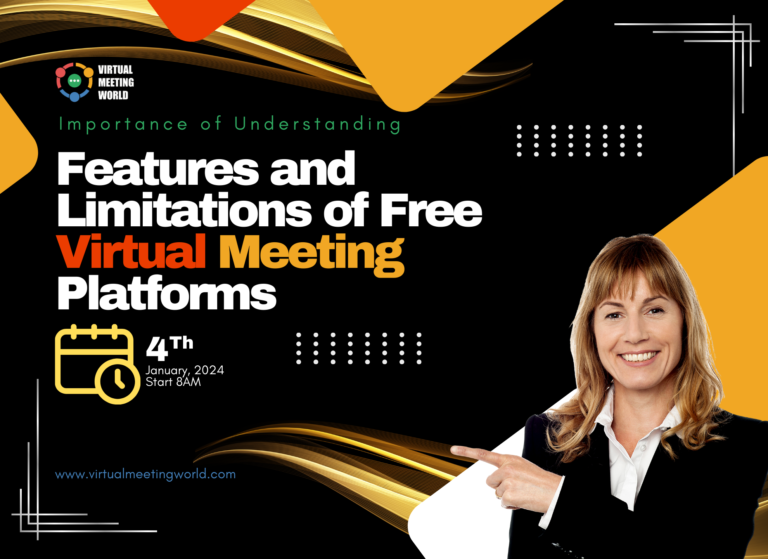

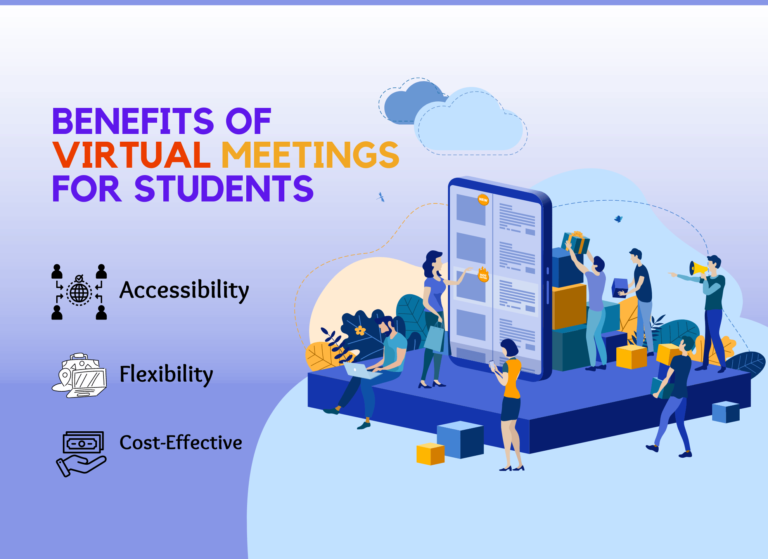

buy aged fb account guaranteed accounts website for buying accounts
cheap facebook accounts online account store account acquisition